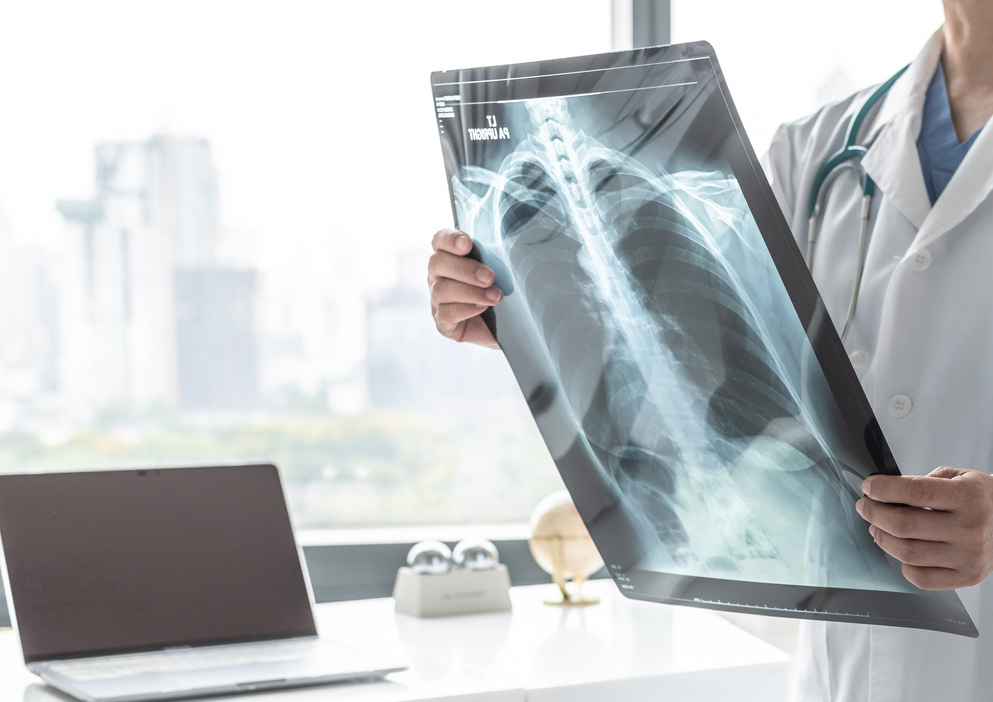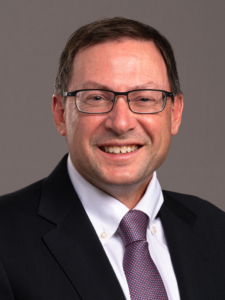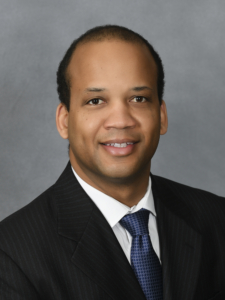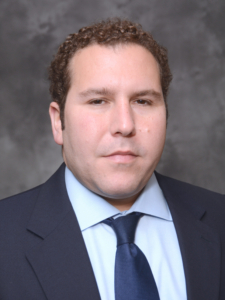Our Cardiothoracic Surgeons & Thoracic Procedures
Thoracic refers to the chest. Our group of cardiothoracic surgeons includes a general thoracic or chest surgeon team. They are one of only six other groups in the Chicagoland area who are dedicated to general thoracic surgery. This involves open thoracic surgery, cardiovascular & thoracic surgery, and more. We also have bronchoscopy procedure Chicago staff that are dedicated to specific surgeries as well. These cardiothoracic surgeons are experts on the following surgeries and procedures performed on the chest.
Read below to see what type of procedure or surgery you may need to improve your health and well-being. It helps to get yourself familiar with the process so that you feel more confident and comfortable going into this.








